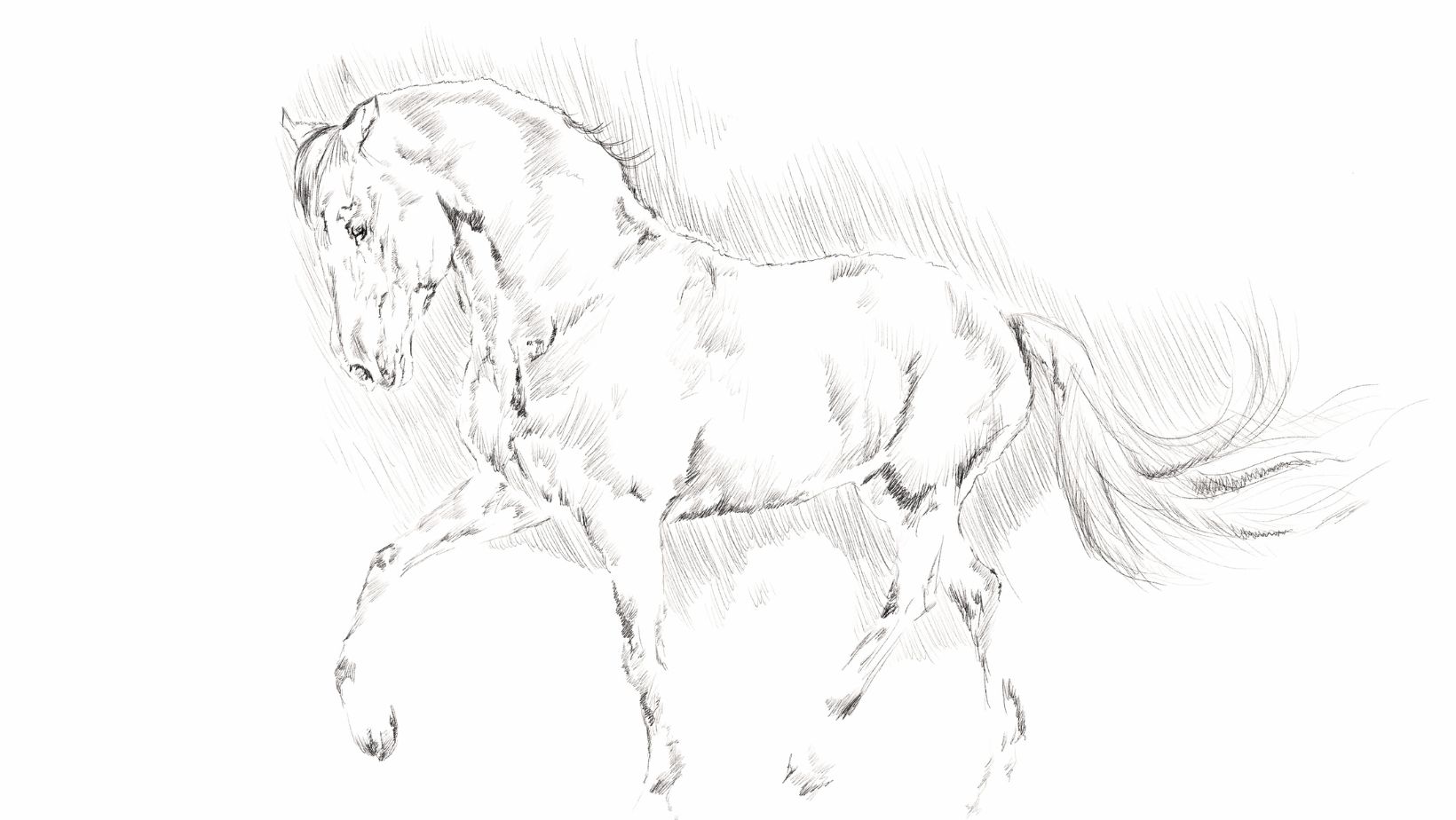Table of Contents
ToggleHow to Use Gradient Tool in Illustrator
Are you looking to enhance your design skills in Adobe Illustrator? The Gradient Tool is a powerful feature that can take your artwork to the next level. In this article, I’ll guide you through the essential tips and tricks for using the Gradient Tool effectively.
One of the first things to know about the Gradient Tool in Illustrator is how to apply gradients to objects. You can transform a simple shape into a stunning visual element with just a few clicks. Whether you want a smooth transition from one color to another or a more complex gradient with multiple colors, the Gradient Tool allows endless possibilities.
Understanding the Gradient Tool in Illustrator
In this section, I’ll walk you through some tips and tricks to help you master this tool.
- Getting Started: To access the Gradient Tool in Illustrator, select it from the Tools panel on the left side of your workspace. It looks like a rectangle with a color gradient inside. Once selected, you’ll notice that the top toolbar displays various options for customizing your gradient.
- Creating Gradients: With the Gradient Tool active, click and drag on your canvas to define your gradient’s starting and ending points. By default, Illustrator applies a linear gradient along a straight line from one color to another. However, you can experiment with different gradients such as radial or angular, by selecting them from the top toolbar.
- Customizing Gradients: One of my favorite features of the Gradient Tool is its ability to create complex and unique gradients by adjusting color stops and opacity levels. Click anywhere along the gradient line to add more color stops and choose a new color from the Color panel. You can adjust each stop’s position by dragging it left or right.
- Adding Transparency: If you want to create gradients that fade into transparency or blend seamlessly with other elements in your design, play around with opacity settings using the Transparency panel. This allows you to achieve stunning effects like soft shadows or glowing highlights.
- Saving and Reusing Gradients: Once you’ve created a gradient that you’re happy with, don’t forget to save it for future use! Simply open up the Swatches panel (Window > Swatches) and click on “New Swatch” at the bottom. Give your gradient a name and save it to your swatches library for easy access later.

Creating Gradients with the Gradient Tool
When adding depth and dimension to your designs, the Gradient Tool in Illustrator is an essential feature that can help you achieve stunning visual effects. In this section, I’ll walk you through how to use the Gradient Tool effectively, along with some tips and tricks to enhance your design workflow.
- Selecting the Gradient Tool: To get started, locate the Gradient Tool in the toolbar on the left-hand side of your Illustrator workspace. It looks like a rectangle divided into two halves with a diagonal line running through it. Click on it or press “G” on your keyboard to activate it.
- Applying Gradients: Once you have selected the Gradient Tool, click and drag across any object or shape in your artwork to apply a gradient fill. You can control the direction and angle of the gradient by adjusting your drag motion’s start and endpoints.
- Customizing Gradients: Illustrator offers a range of options for customizing gradients to suit your design needs. After applying a gradient fill, you can refine it by accessing the Gradient panel (Window > Gradient). Here, you can adjust parameters such as color stops, opacity, blending modes, etc.
- Creating Smooth Transitions: Experiment with different color stops to achieve smooth transitions between colors in your gradients. By default, Illustrator uses linear color stops, which provide a gradual transition from one color to another. However, you can also choose radial or elliptical gradients for more unique effects.
- Saving and Reusing Gradients: Once you’ve created a gradient you’re happy with, consider saving it as a swatch for future use. Simply select the object with the applied gradient and click on “New Swatch” in the Swatches panel (Window > Swatches). This way, you can easily apply consistent gradients across multiple elements within your design.
The Gradient Tool is a powerful feature in Adobe Illustrator that allows you to create smooth transitions between colors. Whether you’re a graphic designer, illustrator, or just someone who enjoys experimenting with digital art, understanding how to use the Gradient Tool can take your designs to the next level.






